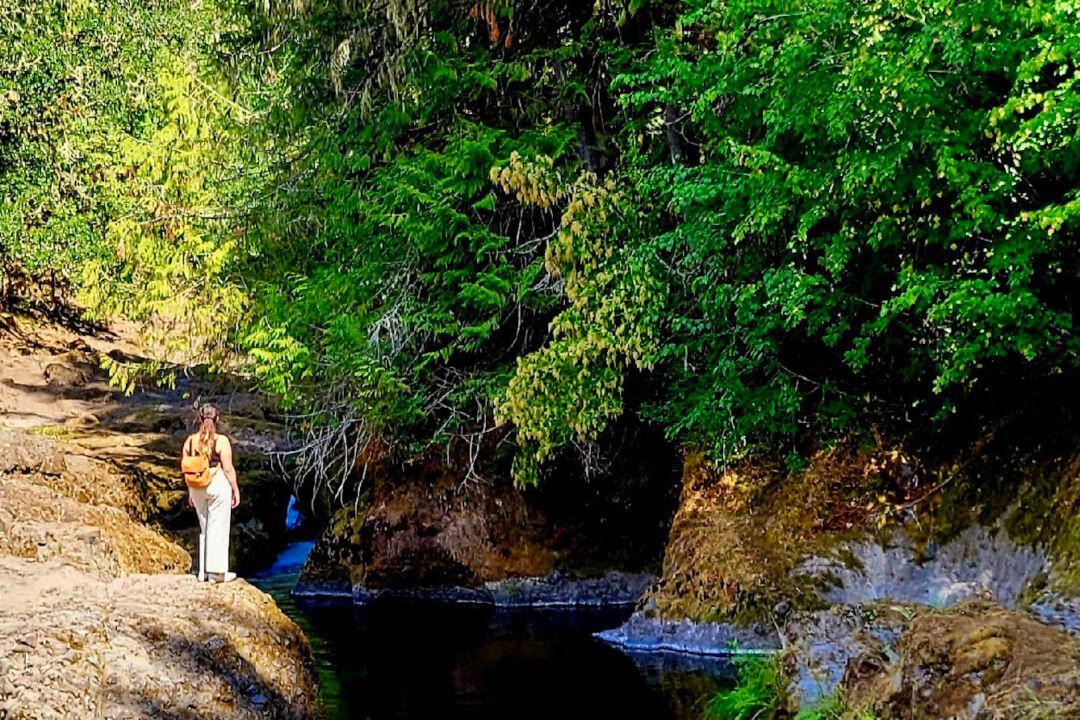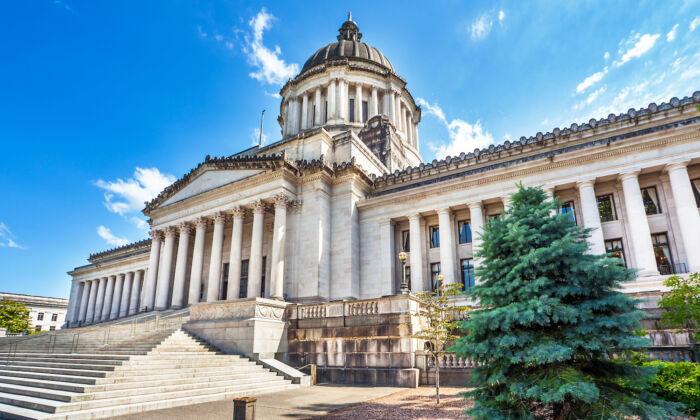The town of Independence, California, on historic U.S. Highway 395 in the Owens Valley—bordered on the west by the Sierra Nevada and the east by the White Mountains—is so small you could blink and miss it. Travelers heading north tend to zip through the town and past its historic courthouse to reach the ski slopes of Mammoth Mountain or the eastern entrance to Yosemite National Park. Heading south, they’re mostly in a hurry to get to Los Angeles. The only reason they can see to stop in Independence is to fill their tank and get back on the road.
That is, unless they know about the town’s little gastronomic gem, the Still Life Cafe—an authentic French-style bistro where you might enjoy a croque monsieur, a Nicoise salad, or sweet or savory crepes with a glass of Chateauneuf-du-Pape. Don’t even ask if they serve California wines.
The second wonder of Independence is the treasure trove of history called the Eastern California Museum, located at 155 N. Grant St. a few blocks west of the highway in a quiet neighborhood of small houses and big trees. If you’re lucky, when you go in you might be welcomed by the museum’s director, Heather Todd, who will happily point out the exhibits in the museum, its idyllic gardens, its research facilities, and the fact that it was founded in 1928.
The museum’s stated mission is “to collect, preserve and interpret objects and information related to the cultural and natural history of Inyo County and the Eastern Sierra, from Death Valley to Mono Lake.” The extensive collection includes more than 15,000 artifacts and 27,000 historic photographs of the Eastern Sierra region taken between the late 1800s and the 1950s.
A driving force behind the museum’s creation, Todd told me, was one of the museum’s founders, a woman named Mary Louise Parcher, who believed a repository should be created devoted to the pioneer history of the Owens Valley and the craft traditions of the Native American tribes that were the first residents of the valley. The museum’s premier collection (gathered and donated by Parcher) is devoted to Owens Valley Paiute-Shoshone and Death Valley Panamint-Shoshone basketry and is considered one of the best in the nation. Occupying the East Wing of the museum, it showcases more than 500 ornamental and functional baskets, cradleboards, projectile points, bows and arrows, and rare examples of Paiute beadwork.

In other ways, the museum’s collection is decidedly eclectic (even quirky), varying in scale from the monumental to the tiny, from the historically profound to unexpectedly bizarre. By far the most impressive object associated with the museum is the working narrow-gauge Southern Pacific steam locomotive No. 18, the “Slim Princess,” built in 1911. Considerably more diminutive but equally popular, especially with school tours, according to Todd, is a pair of old, discolored dentures that were concocted by some old sourdough out of two melted toothbrushes and an assortment of coyote teeth.
As you go from display case to display case, you never know what’s going to pop up next: an elegant evening dress designed and worn by Amelia Earhart, a lead and silver ingot from the boomtown years of mining in the White Mountains, or a cross-section of an ancient bristlecone pine tree dating back to the reign of Ramses the Second.
But by far the museum’s most profound collection is devoted to documenting the sad legacy and artifacts of Manzanar, the nearby World War II Japanese internment camp that is now a National Historic Site. There is a recreated barracks room that features personal objects and furniture, a series of watercolor paintings depicting camp life, and a wall of photographs by Manzanar’s most famous documentarian, Toyo Miyatake. But the object that captures your eye is the spectacular mural that once hung in the communal dining hall.






